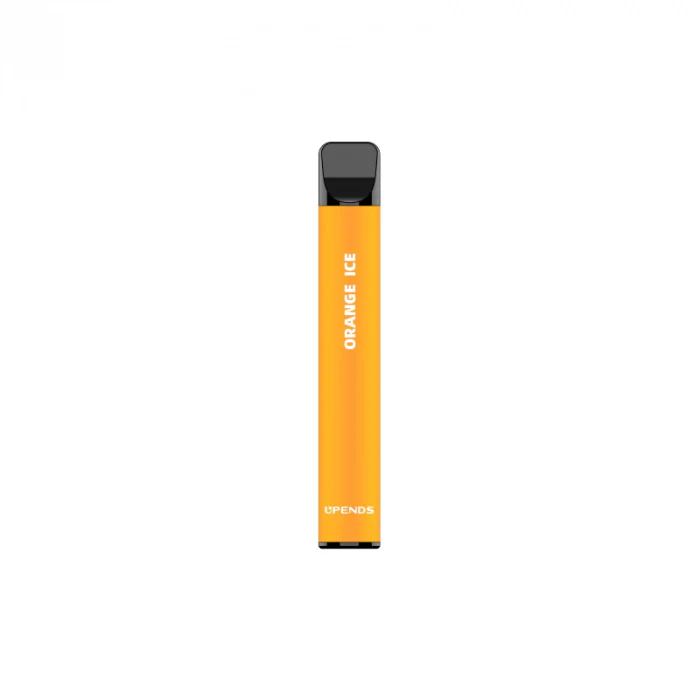The rise of disposable vape pods has significantly transformed the vaping landscape, making it more accessible and convenient, yet raising concerns about its impact on both the culture of vaping and public health. Disposable vapes, small, lightweight, and pre-filled with e-liquid, have gained immense popularity due to their ease of use. Unlike traditional vapes, which require refilling and maintenance, disposable vape pods are designed for single-use, offering a straightforward, hassle-free experience. These products have captured the attention of both seasoned vapers looking for convenience and newcomers drawn to their simplicity. The convenience of disposable vape pods is one of the main reasons for their rapid proliferation. Users no longer need to deal with refilling tanks, adjusting wattages, or cleaning coils simply open the package, take a puff, and dispose of the device once it is empty. This has attracted a new demographic of casual users, including those who might have been intimidated by the technical nature of traditional vaping setups.

The portability and discreetness of disposable vapes also make them particularly appealing for on-the-go use, offering a quick and easy alternative to traditional smoking. Furthermore, randm 9000 disposable vape pods have become a key element in shaping vaping culture. They have influenced the aesthetics and design trends within the industry, with companies offering an array of flavors, colors, and sizes. Flavors such as fruit, menthol, and candy have also helped make vaping more appealing to a younger audience, some of whom may not have been previously inclined to use nicotine products. This flavor explosion has created a vibrant subculture centered around experimentation with different tastes and preferences. In some ways, the disposable vape market has created a cultural shift toward more casual, less ritualistic consumption, reducing the barriers for entry to vaping and fostering a sense of community among users. However, the rapid rise of disposable vape pods has also sparked significant health and regulatory concerns.
Critics argue that the convenience of these products makes it easier for younger people to become addicted to nicotine. The popularity of fruity and sweet flavors has been particularly controversial, as it appeals to adolescents, leading to fears of an uptick in youth nicotine consumption. Several studies have shown that the ease of access and appealing flavors may encourage non-smokers, especially teenagers, to try vaping, sometimes even before they fully understand the potential health risks. Moreover, environmental concerns have emerged due to the disposability aspect of these products. The growing consumption of single-use vapes has contributed to a rise in electronic waste, with discarded devices often ending up in landfills. Many of these devices contain lithium batteries and plastic components that are difficult to recycle, raising alarms about their environmental footprint. As disposable vapes have become more widespread, advocacy groups are calling for stricter regulations to limit their environmental impact and reduce the harm to public health.